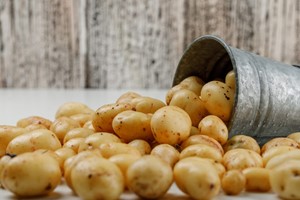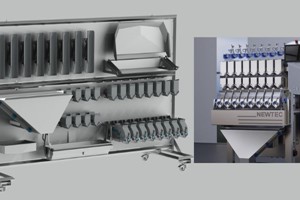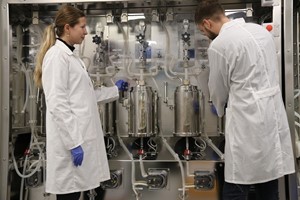The industrial food blender and mixer market is poised for substantial growth, with a projected USD 6.06 billion increase between 2022 and 2027, boasting a CAGR of 6.81%, according to Technavio's latest market research report. This surge is fueled by several factors, including the steady expansion of the food processing industry and a notable trend towards industrial food blenders with enhanced control features. However, the market faces challenges, primarily centered around high energy consumption during blending and mixing operations.
Market Segmentation:
The report divides the industrial food blender and mixer market into various segments based on product, type, and geography:
Product:
- High Shear Mixer
- Ribbon Blender
- Shaft Mixer
- Planetary Mixer
- Others
Type:
- Automatic
- Semi-automatic
Geography:
- Europe
- North America
- APAC (Asia-Pacific)
- Middle East And Africa
- South America
Key Drivers:
The primary driver for market growth is the consistent expansion of the food processing industry, establishing itself as a vital component of the global food supply chain. The increasing demand for industrial food blenders and mixers is a direct consequence of the industry's growth, with a focus on achieving homogeneity in the dissolution and emulsification of mixtures. High-shear mixers are particularly crucial for food production companies engaged in preparing sauces, salsa, spreads, syrups, oils, gravies, marinades, and gels.
Current Trends:
A significant trend in the market is the preference for industrial food blenders equipped with improved control features. Major market players are investing in the development of innovative equipment to enhance the quality of blending and mixing operations. This trend underscores the industry's commitment to staying at the forefront of technology to meet evolving consumer and industrial demands.
Challenges:
Despite the positive outlook, high energy consumption stands out as a major challenge hindering market growth. Blending and mixing operations, categorized as either intensive or non-intensive, often require substantial power. Mitigating the energy challenge is crucial for sustainable growth in the industry.
Key Highlights:
- CAGR Projection: The market is projected to experience a Compound Annual Growth Rate (CAGR) of 6.81% during the forecast period from 2023 to 2027.
- Market Size and Contribution: The report provides detailed information on the industrial food blender and mixer market size and its contribution to the overall market.
- Upcoming Trends: Predictions are made on upcoming trends and changes in consumer behavior that will impact the growth of the market.
- Competitive Landscape: The analysis delves into the market's competitive landscape, offering detailed information on key companies in the industrial food blender and mixer market.
Conclusion:
The industrial food blender and mixer market, driven by the growth of the food processing industry and a trend towards enhanced control features, presents a lucrative landscape for both established players and new entrants. However, addressing the challenge of high energy consumption is imperative for sustained growth. The market's diverse range of cutting-edge equipment, from High-Speed Blenders to Planetary Mixers, reflects the industry's commitment to meeting the varied needs of the food processing sector, contributing significantly to efficient food production.














